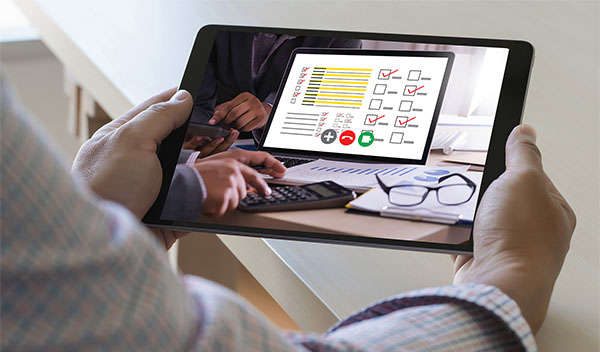Can you Solve the following three problems?
Varma Pneumatic Tools is a 50 years old company that went through bad patches and has now recovered well. Due to this fact the sales team has about half the number who are in company for long and half the number who are 2 to 3 years old. The two groups often have different approaches to selling.
The company makes compressors. Business lines are divided between trade business (small capacities sold through all India network of distributors), and direct sales (mostly large value, tender based orders from Public and Private sector companies).
The old salespeople group in the team holds a view that all tender orders get decided based on pre-tender sales and a senior Salesperson need not waste time on it after attending the tender opening. New groups do not agree and feel that tracking enquiries well after opening of the tenders is all the more important. What do you feel?
Advanced Machine Tools is convinced of using a set of questions to track deals in pipeline. The idea is that yes as an answer to the question would tell them that they stand a better chance to win order vis-à-vis competition. So,a group is charged with the task of working out a set of such questions. The discussions have got stalled at the following question: ‘Does this customer give importance to After-sales-service?’ A salesperson says this question should be as it is for some product lines; but for others it should be ‘Is it true that this customer does not require extensive after sales service?’ Everyone is very surprised, but since the salesperson is well respected his observation has set them thinking. Why do you feel he is saying so?
Sales Director of Classic Furniture Systems uses Sales Funnel concept to review the large enquiries and to decide prioritizing of strategic attention to various enquiries. Typically there are about 50 enquiries in the Zonal pipeline at any given time. At one such Zonal review he asked a salesperson for enquiry under discussion: “Tell me, are you confident that we will get this order or not? I hope that the deal is at the bottom of your sales funnel and not at the top.” The salesperson replied: “Sir, it is at the top of my sales funnel and that is why actually I thought of bringing it to your attention for support to me”. Sales Director felt offended by the answer, but checked himself from reacting immediately. He asked the salesperson why he feels so, only to find that there was a very sound rationale for his request. What could have been the rationale?


















